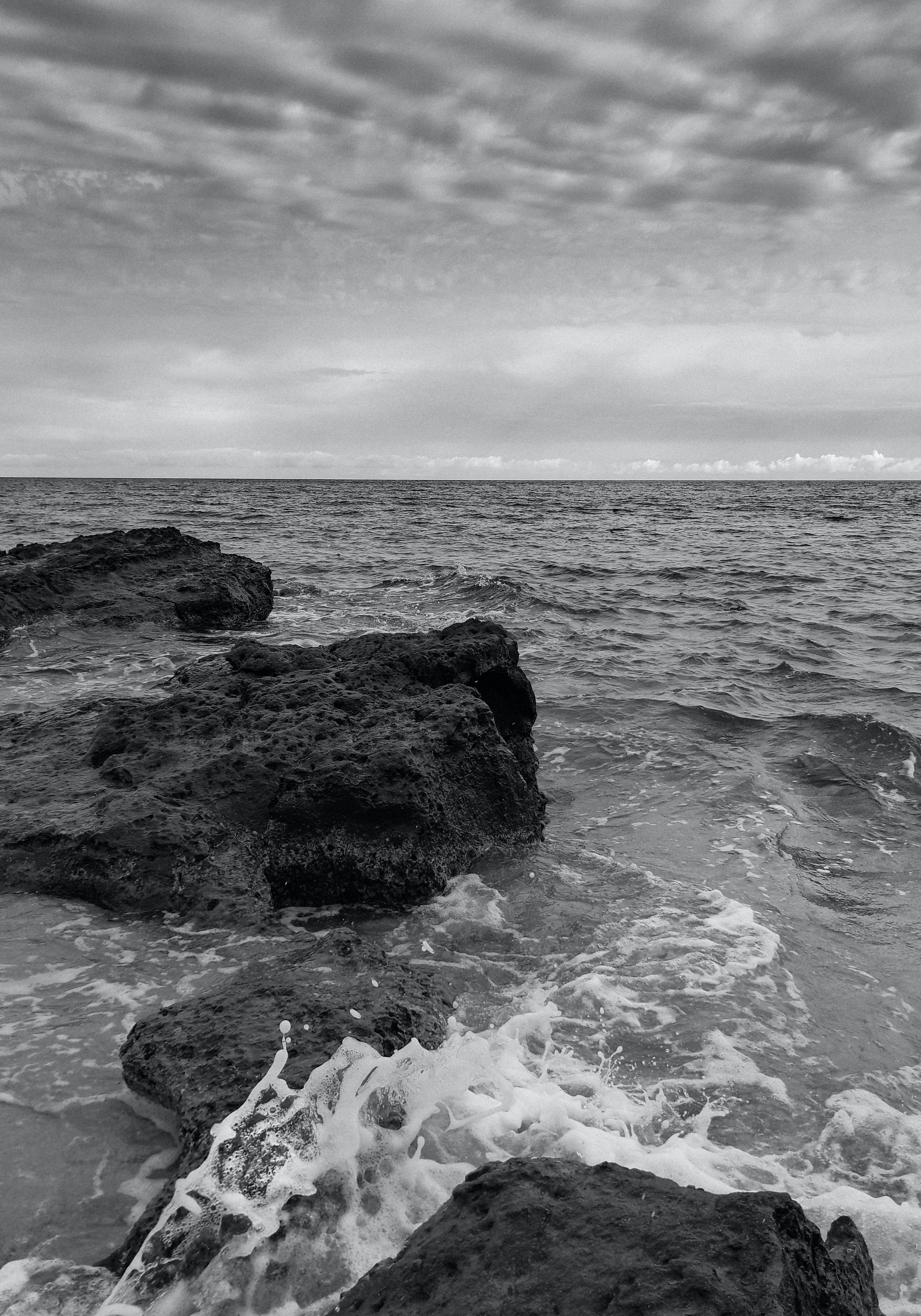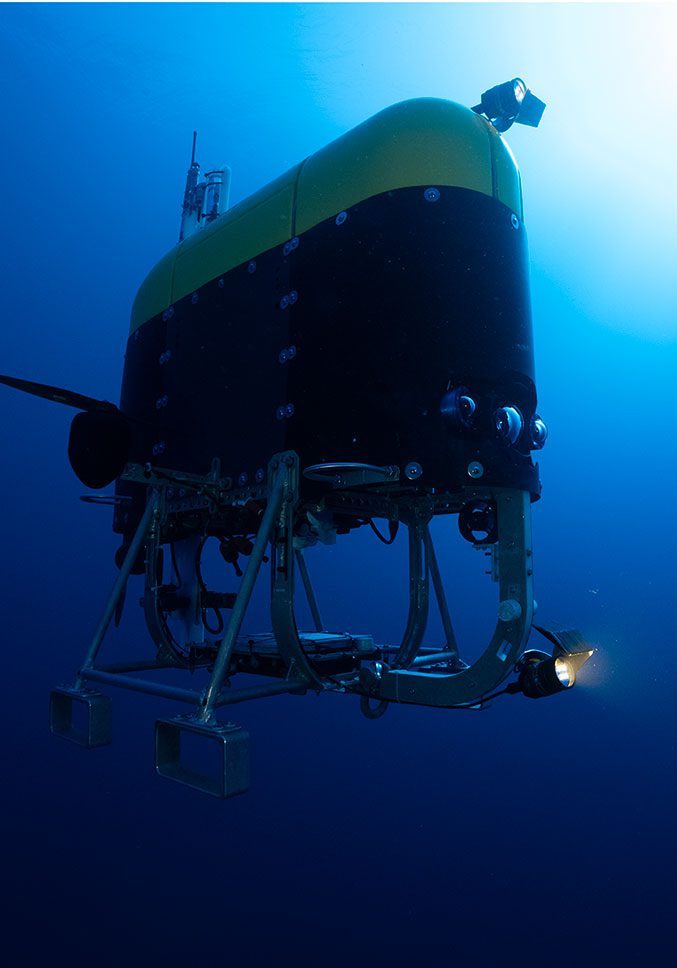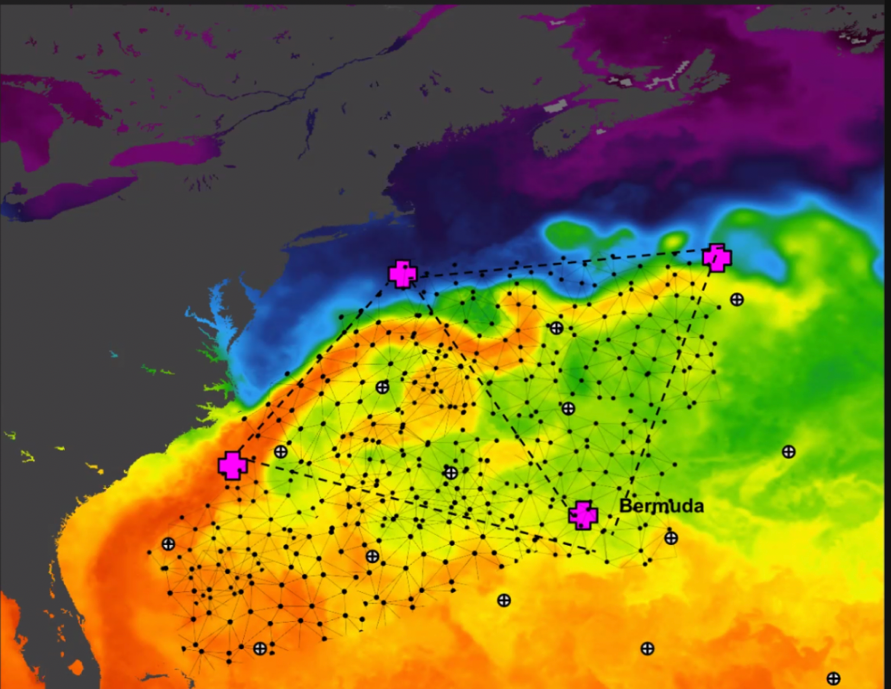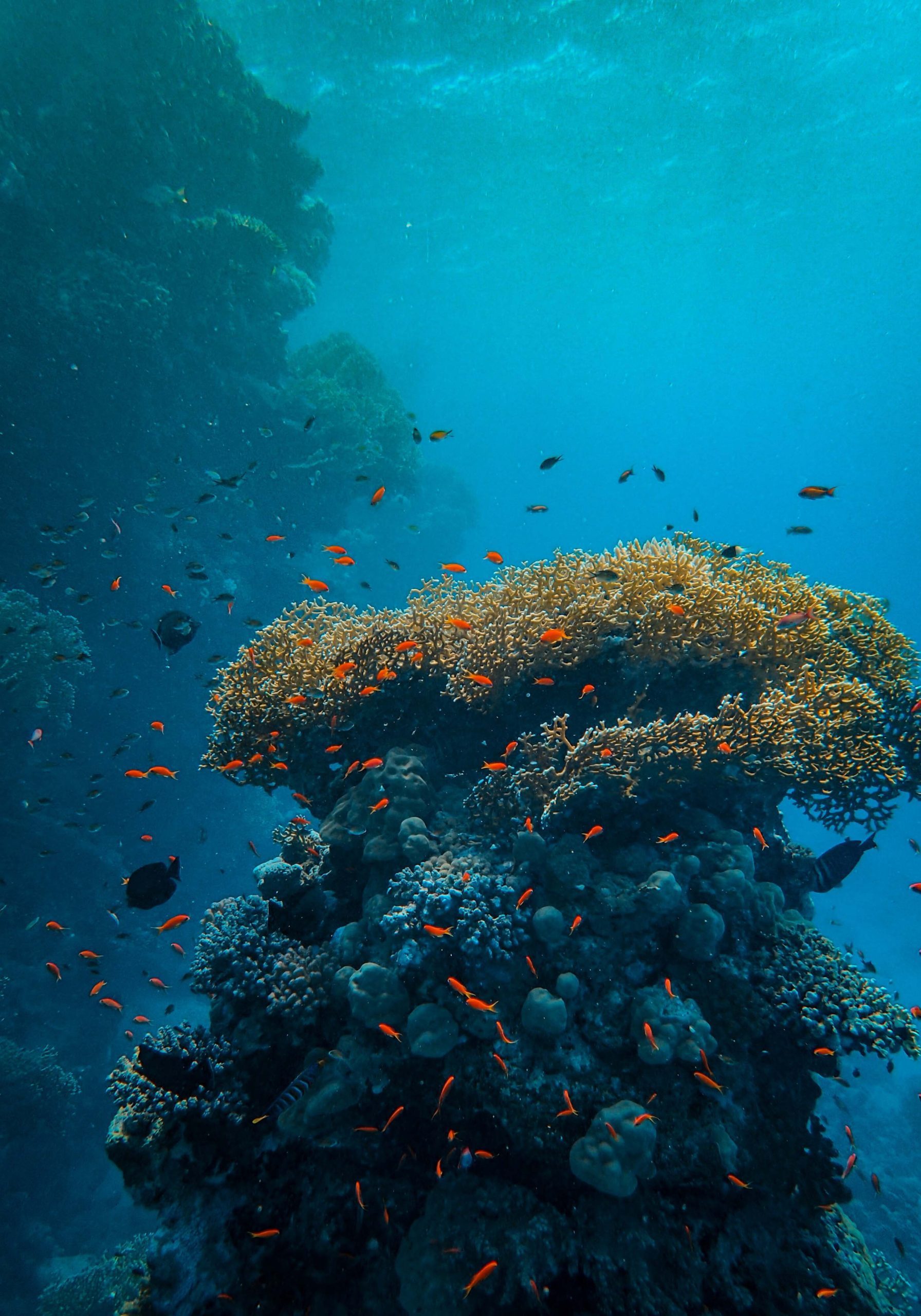Related activities and initiatives

Ocean Climate Innovation Accelerator
Launched in 2021 with $3 million in support from the Massachusetts-based technology firm, Analog Devices, Inc., the Ocean Climate Innovation Accelerator (OCIA) is a vehicle designed to engage industry around ocean and climate issues. To date, OCIA has funded five projects to:
- Develop and deploy a new generation of low-cost carbon and pH sensors to enable cost effective fishery- and community-based carbon observing networks
- Accelerate exploration and understanding of carbon’s path through the ocean twilight zone: A Continuous Reconnaissance In-situ Twilight zone Tiny Respirometer (CRITTR)
- Develop a zero-power-return buoyancy engine for long-term ocean observations
- Reveal the impacts of oceanic iron on biological productivity and atmospheric carbon dioxide removal with stable isotopes
- Direct measurement of air-sea carbon dioxide exchange and whitecap activity over the coastal and open ocean
The Ocean Twilight Zone Project
WHOI has undertaken an audacious initiative to explore one of Earth’s last hidden frontiers. The ocean twilight zone is a vast, dimly lit region defined by the limit of sunlight penetrating from above, located about 200 and 1,000 meters beneath the ocean’s surface. WHOI’s Ocean Twilight Zone Project is endeavoring to shed new light on little-understood, globe-spanning swath of the world’s ocean, its rich biodiversity, and critical role in ocean health and global climate.


Ocean Vital Signs Network Initiative
The Ocean Vital Signs Network (OVSN) is a WHOI-wide “grand challenge” effort to establish a first-of-its-kind, large-scale, full-depth, high-resolution network of advanced technologies to track carbon as it moves between the atmosphere and the ocean and is transformed by circulation patterns, geochemical reactions, and biological processes from the surface to the seafloor. Funds from the Francis E. Fowler IV Center for Ocean and Climate supported the first, crucial phase of planning for this project.
Once complete, the network will cover roughly one million square kilometers in the North Atlantic. With sensors collecting information from the surface to the seafloor, the OVSN will operate around the clock, 365 days a year, providing freely available data on critical ocean processes in near-real time. Developed in conjunction with data retrieval and distribution architectures and numerical modeling, analysis, and synthesis, the OVSN will enable monitoring and forecasting at unprecedented scale and resolution, nested within the global framework of existing ocean observations and models. It will also provide a test-bed for the development of next-generation technologies for tracking carbon and ocean health, as well as the potential impacts of ocean-based carbon dioxide removal (CDR) and other human activities on the marine environment.
Reef Solutions Initiative
WHOI’s internally funded Reef Solutions Initiative is focused on addressing the impacts of climate change on coral reefs, which are among the ocean’s most important ecosystems. This initiative emphasizes reversing the global decline of reef ecosystems with rigorous science, advanced tools, and innovating solutions including:
- Technology-driven reef monitoring with robotics and artificial intelligence
- Advancing early diagnosis of reef stress and health, while there is still time to intervene
- Leveraging healthy reef soundscapes to rebuild and restore damaged reef ecosystems
- Engaging the public and policymakers with science-based solutions for action

